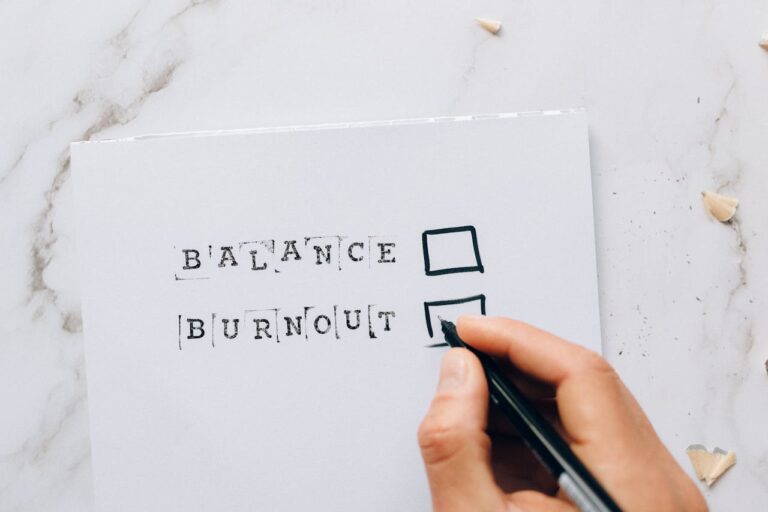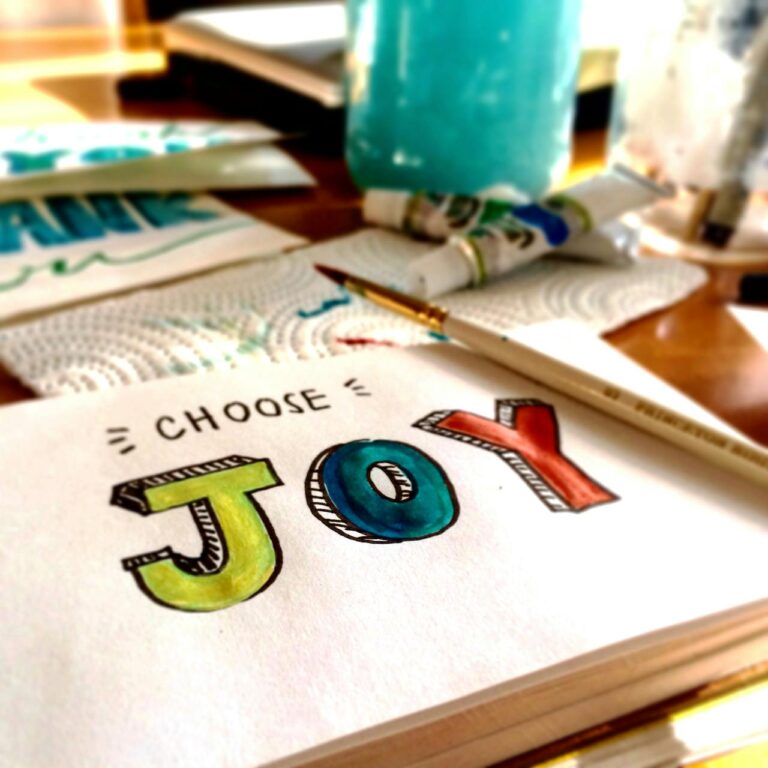Write Us: hello@ali5.org
From People-Pleaser to Boundary-Setter: A Step-by-Step Guide
Break free from people-pleasing. Follow this step-by-step guide to set boundaries, protect your energy, and build stronger, more balanced relationships.

You’re not the only one who has said “yes” when they wanted to say “no” most of their life. People-pleasing often starts as a way to stay safe. You might have wanted to avoid conflict, get approval, or just be seen as “nice.” The problem is that it takes away your energy, makes you feel less like yourself, and makes you angry over time.
Becoming a boundary-setter doesn’t mean turning into someone cold or selfish. It means learning to protect your time, energy, and mental well-being so you can show up as your real self. Let’s break down exactly how to make that shift step by step without losing your compassion or your relationships.
Step 1: Understand Why You People-Please
People-pleasing isn’t random. It’s usually rooted in one of three things:
-
Fear of rejection – You worry people won’t like you if you say no.
-
Fear of conflict – You want to avoid tension at all costs.
-
Self-worth tied to usefulness – You feel valuable only when helping others.
The first step is getting honest about which one applies to you. Think back to the last time you agreed to something you didn’t want to do. Was it because you were afraid they’d be upset? Or because you wanted to maintain your image as “helpful”? This awareness matters; it’s the foundation for every other change.
Step 2: Recognize the Cost of People-Pleasing
It may seem harmless to please people on the outside. But it slowly hurts your mental and emotional health. You might see:
-
Constant fatigue or burnout
-
Feeling invisible or taken for granted
-
Growing resentment toward people you care about
-
Losing touch with what you want
If you’ve been feeling anxious, overcommitted, or unsure who you are outside of helping others, it’s a sign you’ve crossed into unhealthy territory.
Step 3: Redefine Kindness
One of the biggest fears for recovering people-pleasers is “If I set boundaries, I’ll stop being a kind person.” That’s not true. Kindness without boundaries often turns into self-sacrifice, and that isn’t sustainable.
Kindness with boundaries means you help when you truly can, without depleting yourself. It’s showing up because you want to, not because you feel obligated.
A useful reframe:
“My job is to take care of my needs so I can help others from a place of choice, not guilt.”
Step 4: Start Small With Low-Stakes Boundaries
You don’t need to start by saying no to your boss or your closest family member. Start with small, low-pressure situations where the risk seems low. Some examples are:
-
If a cashier asks if you want to donate, politely say, “Not today, thanks.”
-
If a coworker asks for help and you’re busy, try: “I can’t right now, but I could later this week.”
-
If someone texts you late at night, wait until morning to reply.
These small wins build confidence, so when bigger boundary moments come, you’ll feel more ready.
Step 5: Practice Direct, Simple Communication
It can be scary to be direct when you’re used to giving long explanations for every “no.” But overexplaining sends the message that your decision is negotiable. Keep it short:
-
“I can’t take that on right now.”
-
“I appreciate you thinking of me, but I’m not available.”
-
“No, thank you.”
That’s it. You don’t owe anyone a paragraph-long justification.
Step 6: Get Comfortable With Discomfort
Here’s the part no one loves hearing: setting boundaries will feel awkward, even scary, at first. You’ll worry people are upset with you. You might feel guilty. That’s normal.
The goal isn’t to avoid that discomfort; it’s to sit with it until it becomes less intense. The more you practice, the more you’ll see that most people respect boundaries, and the few who don’t are usually the ones benefiting from your lack of them.
Step 7: Anticipate Pushback (And Plan Your Response)
If you’ve been a people-pleaser for years, some people won’t know what to do when you start saying no. They might:
-
Question your decision (“Why not? It’s just this once.”)
-
Use guilt (“But I need you.”)
-
Try to negotiate (“What if you just did part of it?”)
Have a simple, repeatable response ready:
-
“I understand, but my answer is still no.”
-
“I can’t help with that, but I hope you find someone who can.”
-
“I hear you, but I have to stick with my decision.”
You don’t have to debate your boundaries, just hold them.
Step 8: Reconnect With Your Own Needs
One reason people-pleasers struggle with boundaries is that they’ve spent so long focusing on other people’s needs that they’ve lost touch with their own. To change that:
-
Spend time alone without distractions
-
Keep a journal where you write what you want in different situations
-
Check in with your body tension often signals a “no,” openness often signals a “yes”
When you know what matters to you, it’s easier to say no to what doesn’t.
Step 9: Protect Your Energy Like It’s Currency
Think of your time and energy like money in a bank account. Every “yes” is a withdrawal. If you keep giving without depositing, you’ll go bankrupt emotionally, mentally, and even physically.
Before saying yes to something, ask:
-
Do I want to do this?
-
Do I have the energy for this?
-
If I say yes, what am I saying no to?
If the cost feels too high, the answer is probably no.
Step 10: Surround Yourself With Boundary-Respecting People
As you grow into a boundary-setter, you’ll notice some relationships naturally shift. The people who truly value you will respect your no. The ones who relied on you never pushing back might fade out. That’s okay.
Seek out people who:
-
Respect your decisions without guilt-tripping you
-
Support your growth, even if it means they get less of your time
-
Have healthy boundaries themselves
This makes it much easier to maintain your new habits.
Step 11: Celebrate Progress, Not Perfection
You won’t always get it right. Some days you’ll go back to your old ways, agree to something you didn’t want to, and be angry with yourself. That’s how it works.
Instead of beating yourself up, notice the progress. Did you say no once this week when you normally would have said yes? That’s a win. Every step counts.
The Bottom Line
Shifting from people-pleaser to boundary-setter isn’t about becoming unkind; it’s about being real with yourself and others. The transition takes time, and it will feel uncomfortable at first, but the payoff is huge: more energy, more authenticity, and deeper, healthier relationships.
When you protect your boundaries, you’re not just protecting yourself; you’re showing others that it’s okay to protect theirs too.







